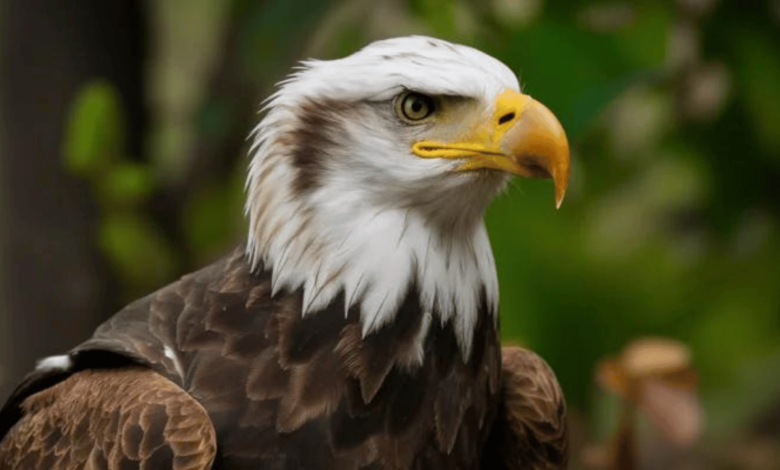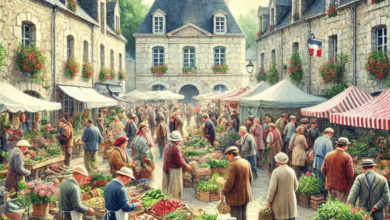Hancock Bird: A Detailed Exploration

Introduction to the Hancock Bird
The Hancock bird, a fascinating avian species, has intrigued birdwatchers and ornithologists for many years. This article delves into the various aspects of this remarkable bird, covering its habitat, physical characteristics, behavior, diet, and significance in various cultures. By the end of this read, you’ll have a comprehensive understanding of the Hancock bird and its place in the avian world.
Habitat of the Hancock Bird
Natural Environment
The Hancock bird is predominantly found in dense forests and woodland areas. It thrives in regions with abundant foliage, providing shelter and ample food sources. These birds are commonly seen in tropical and subtropical zones, where the warm climate is conducive to their lifestyle.
Geographic Distribution
Geographically, the Hancock bird’s range spans several continents. It is particularly prevalent in South America, Africa, and Southeast Asia. Each region hosts different subspecies of the Hancock bird, each adapted to the specific environmental conditions of their habitat.
Physical Characteristics
Appearance
The Hancock bird is known for its striking appearance. It typically features vibrant plumage with a mix of bright colors, which can vary significantly among subspecies. These medium-sized birds, with a wingspan, allow agile flight through dense vegetation.
Distinctive Features
One of the most notable characteristics of the Hancock bird is its unique beak shape, which is specially adapted for its feeding habits. The bird’s eyes are also adapted for excellent vision, crucial for spotting prey and navigating through forests.
Behavior and Social Structure
Feeding Habits
The Hancock bird’s diet consists mainly of insects, fruits, and small vertebrates. It is an adept hunter, using its sharp beak and keen eyesight to catch prey. The bird’s feeding habits are vital in controlling insect populations in its habitat.
Mating and Reproduction
Hancock birds are known for their complex mating rituals, which often involve elaborate plumage displays and intricate dances. These birds are typically monogamous, forming long-term bonds with their mates. Nesting usually occurs in tree cavities, where the female lays eggs that both parents help incubate.
Social Interaction
Regarding social structure, Hancock birds are generally social creatures, often seen in small flocks. They communicate using a variety of calls and songs, which can vary significantly between different populations.
Cultural Significance
Mythology and Folklore
The Hancock bird holds a significant place in the mythology and folklore of various cultures. In some traditions, it is considered a symbol of beauty and elegance; in others, it is seen as a harbinger of good luck. These cultural beliefs have contributed to the bird’s revered status in many societies.
Conservation Efforts
Due to habitat loss and other environmental pressures, some subspecies of the Hancock bird are facing the threat of extinction. Various conservation efforts are underway to protect these birds and their habitats, including establishing protected areas and breeding programs.
FAQs about the Hancock Bird
What does the Hancock bird eat?
The Hancock bird primarily feeds on insects, fruits, and small vertebrates.
2. Where can the Hancock bird be found?
It is found in tropical and subtropical forests in regions like South America, Africa, and Southeast Asia.
3. What are the distinctive features of the Hancock bird?
The Hancock bird is known for its vibrant plumage and uniquely shaped beak, which are adapted for its specific feeding habits.
4. Are Hancock birds social?
Yes, Hancock birds are generally social and often seen in small flocks. They communicate using a variety of calls and songs.
5. What conservation efforts are in place for the Hancock bird?
Conservation efforts for the Hancock bird include establishing protected areas, breeding programs, and initiatives to preserve their natural habitats.
You May Also Read: Netwyman Blogs: A Deep Dive into Networking and Cybersecurity Trends



